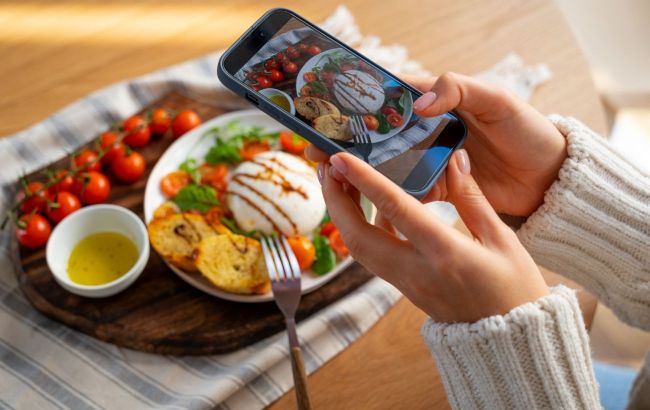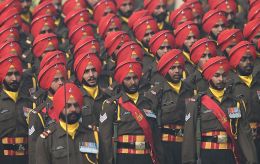Food photography and social media. Why people take pictures of their food
 How food became the main topic of online conversations (photo: Freepik)
How food became the main topic of online conversations (photo: Freepik)
Food has always been not only a way to satisfy physiological needs but also an integral part of social communication. Historically, it has been used as a symbol of status, culture, and identity. Today, however, we see food becoming an object for photos that are then published on social media.
Why is this happening? How is food photography fashion related to psychological aspects of human nature and current trends in social media? Veronika Chekaliuk, psychologist, tells what might be the impact of this on our perception and behavior.
How food became the main topic for online conversations
At first glance, food photos may seem like just a cute fashion fad that doesn't have a deep meaning. But, if you look deeper, you will notice that these images are part of a new stage in the development of communications, where the visual component becomes the main language of expression.
In a world where the speed and accessibility of information have reached incredible proportions, social media have become new "platforms" where not only news is shared, but new forms of social connections are formed.
Food photos have become a universal way for people to share their emotions, lifestyles, interests, and even their health. Therefore, when people post photos of their meals, they are not just showing food, they are trying to communicate their tastes, cultural preferences, and social status.

Photo from the archive of Veronika Chekaliuk
From a psychological point of view, posting food photos is an attempt at self-expression and gaining recognition. In many cases, people take pictures of their food to show that they eat healthy, stylish, or exotic. The idea of "proper" nutrition becomes an important part of the social image we want to project online.
The process of taking a food photo itself is also filled with symbolic meaning, as we often invest emotions in moments of eating and thus want to share them with others.
Gaining approval and likes on posts that include food photos provides a sense of social validation and significance. This is a kind of "confirmation" for people that they are on top of current social trends, follow healthy habits, or simply choose aesthetically pleasing dishes that meet modern beauty ideals.
Food photography fashion can be considered part of more general trends in the culture of information consumption. It is closely related to the spread of such trends as "healthy lifestyle," "gourmet culture," "foodstagram" (Instagram for food enthusiasts), and others.
For example, in recent years, new culinary trends have gained popularity: from veganism and organic food to Instagram dishes that look attractive in photos, such as drinks in colored glasses or neatly decorated dishes. These photos don't just showcase food, they are artistic objects that become part of visual culture.

Photo from the archive of Veronika Chekaliuk
At the same time, it is important that social media create a certain standard of "proper" food, which is often idealized and far from reality. This can cause stress and unnecessary complexes if a person compares his or her habits to those presented online, perceiving these ideals as binding.
Food photography fashion has not only individual but also social consequences. It changes our relationship with food by increasing the emphasis on the aesthetics and appearance of food.
Food becomes not only a means of satisfying physiological needs but also an object of consumption in the context of social media. Accordingly, this leads to the expansion of consumer culture, where food consumption is a way to demonstrate one's belonging to certain social groups or cultural trends.
However, on the other hand, excessive attention to food photos can lead to eating behavior problems, such as the syndrome of "perfectionism" in eating or stress due to comparison with others. It is important to remember that food should remain a source of health and joy, not just an element for photo shoots.

Photo from the archive of Veronika Chekaliuk
"Modern trends related to food photography are an important part of our social communication. They contribute to the formation of new ways of self-expression, but they can also have negative psychological consequences. We need to maintain a balance between the aesthetic perception of food as part of our culture and the real attitude towards food as a source of energy and health. It is important to remember that food is not only a part of visual content but also a personal experience that we go through every day," summarizes Chekalyuk.

Photo from the archive of Veronika Chekaliuk

